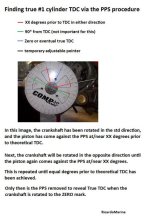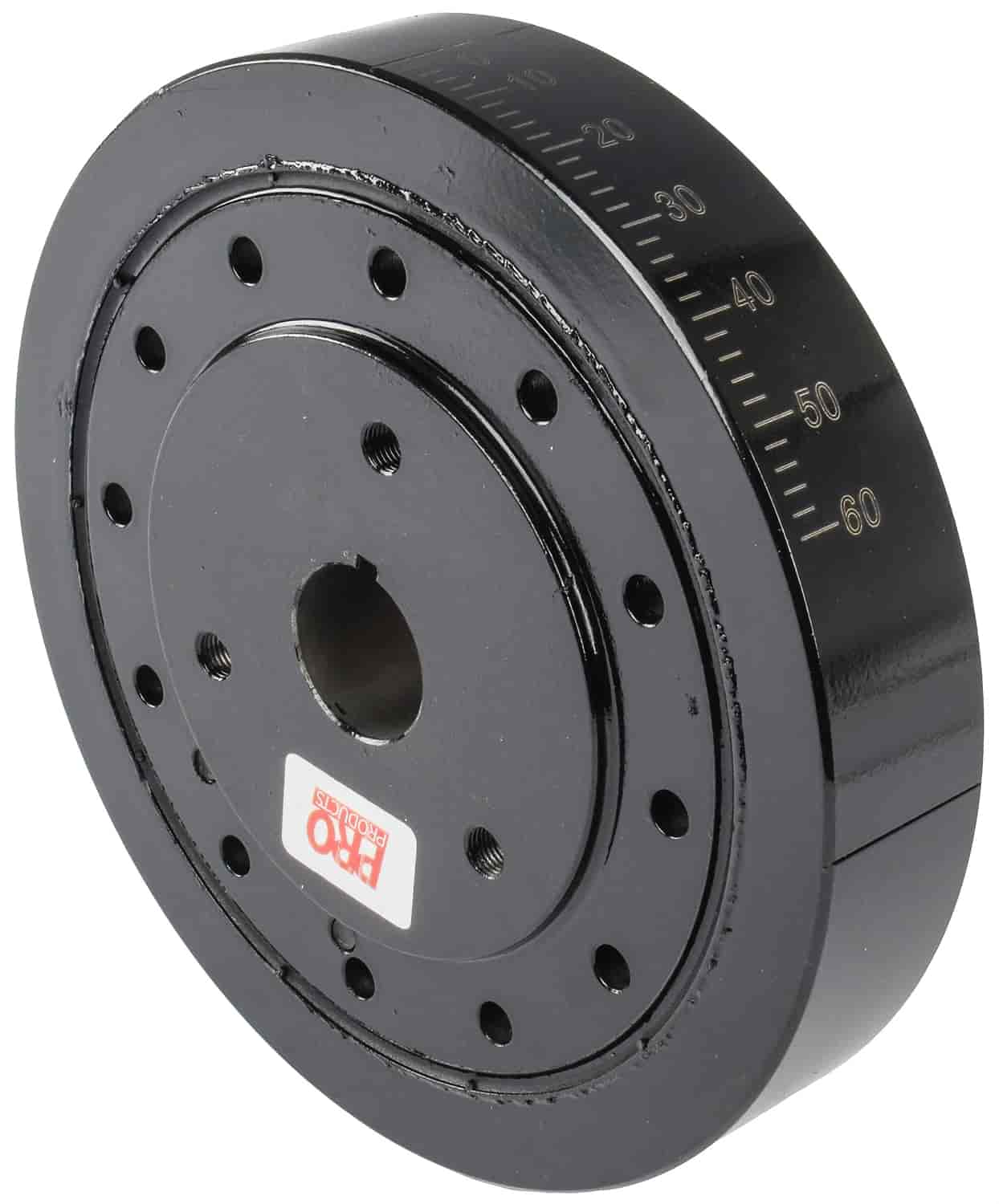Unfortunately, there is only one tried and proven method to verify that your TDC markings are accurate, and that would be using a PPS ..... aka positive piston stop procedure.
Here's a very simple version of a spark plug port "piston stop" for use with an assembled engine.
This PPS is adjustable so that the piston can be gently stopped at approx 30* before top of stroke, and in either direction.
NOTE: 30* is a suggestion only.... this can very some, but try to stay near 30* +/- for better accuracy.
Some will suggest only 10* ....... but I find better accuracy when 30* +/- is used.
You'll be using a degree wheel on the crankshaft, and a temporary but adjustable pointer aiming towards the degree wheel markings.
You'll roll the crankshaft gently in one direction, until the #1 piston reaches the stop.
Move the pointer and/or wheel, so that they align at near 30* or so, leaving the remaining degrees closing to a "would-be" ZERO if the stop was removed.
Now roll the engine in the other direction until the piston again gently reaches the stop.
Adjust the wheel or pointer to read close to the same degrees, but again leaving the remaining degrees closing to a "would-be" ZERO if the stop was removed.
NOTE: you may need to extend or shorten the PPS shaft so that near 30* BTDC can be achieved.
Repeat unit the reading is identical in either direction. This may take up to 5 or 6 or even more attempts.
Once your degree reading is identical in either direction,
the stop can be removed.
Now with the stop removed, you'll roll the crankshaft to ZERO pointer/wheel location.
This is your true TDC for #1 cylinder, and you can now re-mark the harmonic balancer.
However, you'll want to find out why the markings shifted in the first place.
.



